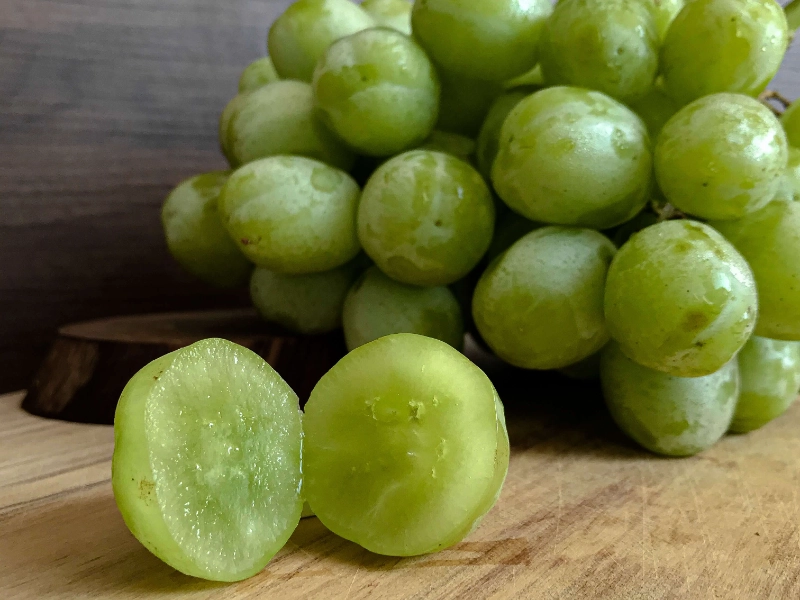Wine Enthusiast's Guide: How to Choose the Perfect Table Grap
Advertisement
With this thorough guide, set out an enjoyable trip over the realm of table grapes. From knowledge of several types to mastery of grape assessment, learn the craft of choosing the ideal grapes for your eating experience. This book will provide you the information to make wise decisions and improve your grape-eating experience whether your taste in wine is limited and you simply like the juicy sweet taste of fresh grapes or otherwise.
1. Understanding the Diversity of Table Grapes

Advertisement
Each of the amazing range of colours, forms, and tastes that table grapes present offers a different sensory experience. From the deep purple Concord to the traditional green Thompson Seedless, the universe of table grapes is fascinating. Familiarising yourself with the most often used types and their unique qualities will help you to really value and choose the ideal table grape. For example, green grapes often offer a balanced sweet-tart taste sensation and a crisp texture. Conversely, red grapes often have a deeper, more sophisticated sweetness with subdued berry overtones. With their thick, dark skins, black grapes usually have a strong taste that could be anything from mildly sweet to rather fragrant. While certain types, including the Cotton Candy grape, startle the palette with unusual tastes, others, like the Muscat, are renowned for their unique flowery perfume. Pay close attention to the grape size, skin thickness, and seed presence or absence as you investigate several kinds. Although their simplicity has made seedless types popular, some wine buffs contend that seeded grapes have a more sophisticated taste sensation. Knowing the variety of table grapes will help you to select the ideal variety that fits your taste preferences and accentuates your cooking. Think also about the intended purpose of the grapes you are choosing. While some types shine in salads, desserts, or as side dishes to cheese platters, others are more suitable for nibbling. Beyond basic eating, grapes are quite flexible; many kinds may be frozen for a cool summer treat or used to create homemade jams and jellies. Deeper exploration of the world of table grapes will reveal that every variety has a distinct background and cultural relevance, therefore augmenting your appreciation of your grape-eating experience. Native to North America, the Concord grape, for instance, has a long history connected to the growth of the American grape business and is the grape behind the iconic "grape flavour" in many processed goods. Knowing their backstories can help you to appreciate the grapes you select and offer fascinating discussion subjects for dinner parties or wine tastings.
You May Like
Advertisement












